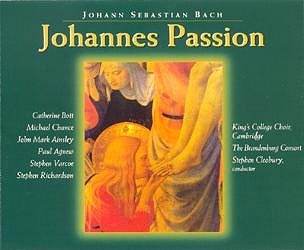


Take what I saw: because what I was seeing with an embarrassment so painful and so frightened and so innocent, what I was seeing was life looking back at me. There I was open-mouthed and offended and withdrawn-faced with the dusty being looking back at me. Pardon me for giving you this, hand holding mine, but I don’t want this for myself! take that roach, I don’t want what I saw. In it, the death of a cockroach sparks a metaphysical crisis and an expansion of consciousness beyond humanity.Įach eye reproduced the entire cockroach. was translated by Idra Novey and is part of the forthcoming Latin American Ecocultural Reader, edited by Gisela Heffes and Jennifer French. This selection from The Passion According to G.H. (1964), and The Stream of Life (1973)-explored her existential speculations in a brilliantly inventive, lyrical, and metaphorical style using interior monologues and stream of consciousness. Her novels and stories-among them The Chandelier (1946), The Besieged City (1949), The Passion According to G.H. When her family arrived in Brazil in 1922, Clarice’s father made a living selling rags her mother died a few years later. Born in western Ukraine, Clarice Lispector (1920–77) suffered in her early years from famine, war, and violent antisemitism.


 0 kommentar(er)
0 kommentar(er)
